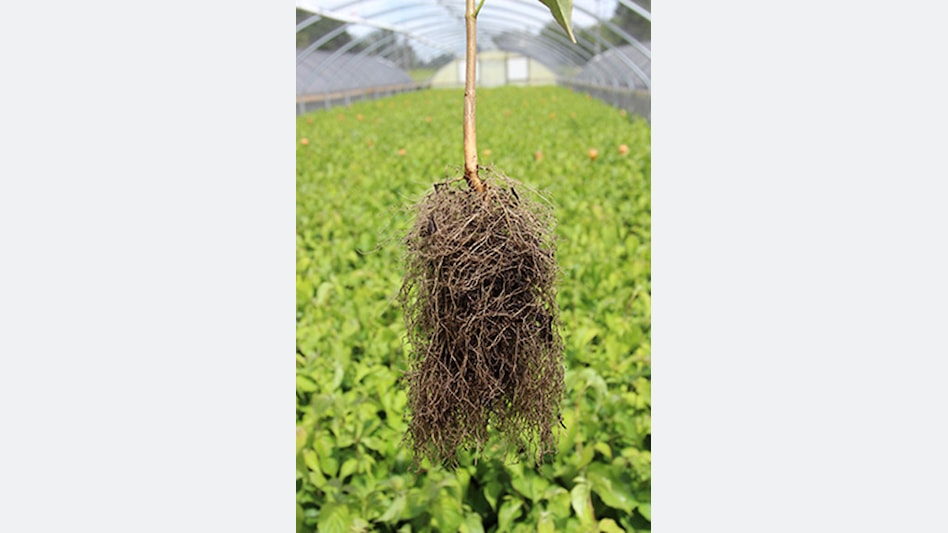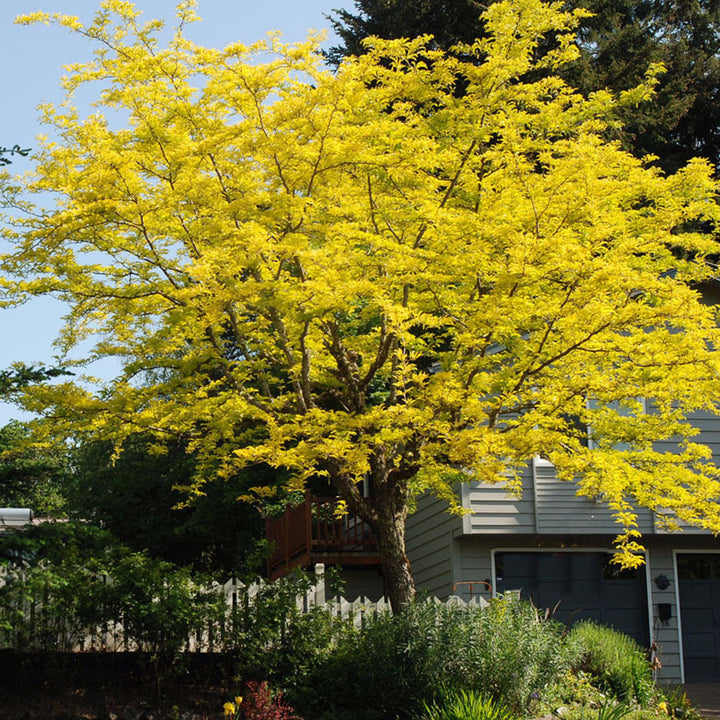The Honeylocust (Gleditsia Triacanthos var. inermis) - is a resilient, fast-growing shade tree perfect for creating a light, dappled canopy in lawns or large landscapes. Known for its delicate, fern-like foliage, this tree provides gentle, filtered shade that supports ground plants and grass beneath it. Highly adaptable and tolerant of urban conditions, this thornless variety is an excellent, low-maintenance choice for diverse settings.
Product Features
Hardiness Zone
Grows well in zones 4 - 8. Please see images for zones. Gleditsia Triacanthos var. inermis that are planted outside of these zones may struggle to thrive.
Hardy & Versatile
Thrives in various soils and withstands urban pollution, salt, and drought.
Native
Naturally suited for North American landscapes, especially zones 4-9.
Low Maintenance
Without true thorns or pods, it’s easy to maintain and ideal for any landscape.
Hardiness zone for this plant: 4 - 8
Recently viewed
You may also like

TriStar Plants
Thornless Honeylocust 'Gledistia Triacanthos var. inermis'
PURE WORM CASTINGS
Introducing our premium Worm Castings - the perfect solution for healthy plant growth! Non-toxic and eco-friendly, our Worm Castings are rich in minerals and nutrients that enhance soil structure and promote beneficial microbial activity. Choose our top-grade Worm Castings for indoor and outdoor gardening, and provide your plants with the best care possible!





















